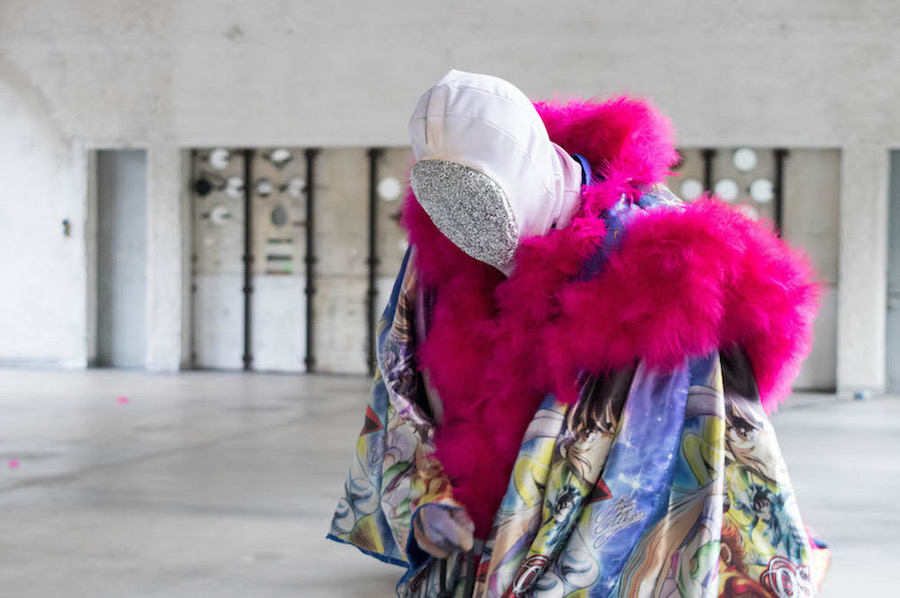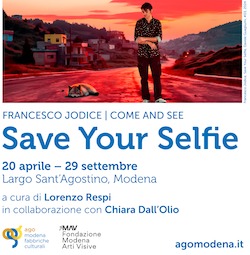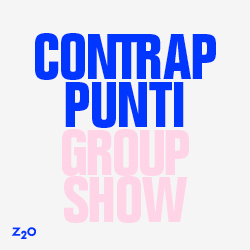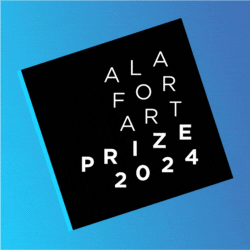
Testo e intervista di Guendalina Piselli —
Sabato 3 marzo Xing ospita negli spazi di Raum la lecture-performance di Leandro Nerefuh dal titolo “Internal Waves in the Strait of Gibraltar” un viaggio attraverso un luogo dal forte impatto storico e culturale, per lo più conosciuto come ponte per il colonialismo europeo, per il capitalismo e per il patriarcato.
Il materiale d’archivio del Mucem – Musée des civlitations et de la mediterranée di Marsiglia si unisce a fonti provenienti da biblioteche, ricerche accademiche e cultura popolare tradotti in un linguaggio altro come quello della performance. Un contesto nel quale l’approccio antropologico trasforma lo stretto in una sorta di portale spazio-temporale sulle infinite possibilità di interpretazione della realtà.
Leandro Nerefuh sarà anche tra i protagonisti della prossima edizione di Live Arts Week in programma dal 18 al 21 aprile 2018 con “Transambient Cryptolombra”. Ultimo episodio, realizzato in collaborazione e con la partecipazione di Caetano, Cecilia Lisa Eliceche e Ribidjunga Cardoso, del progetto “Orphic Exuberance vs Solar Capitalism”. Una performance che mette in scena un dialogo cosmico sotto forma di testo, suono, luce e ricerca di movimento, con lo scopo di riflettere sul futuro dell’umanità e del mondo nel quale i sogni e le capacità immaginative sono state dirottate e bloccate dalle promesse tecnologiche.

Segue l’intervista con Leandro Nerefuh —
ATP: On March 3rd you will be in Bologna at RAUM with the lecture-performance “Internal Waves in the Strait of Gibraltar”, on a journey accross a place with a strong historical and cultural value, protagonist of battles, myths and tales. A place mostly recognised for being a gateway to European colonialism. Which kind of historical documents did you use to create this narration?
Leandro Nerefuh:The strait of gibraltar is a crucial geopolitical location for many reasons. Being a gate to european colonialism, capitalism and patriarchy is one of them. Beyond that, it is like a Stargate, really. Do you remember that 1990´s film where archeologists find this ancient portal that leads them to a completely different time-space, which exists in the past, present and future simultaneously? For thousands of years, the strait of gibraltar has functioned as a stargate for incredible civilizations – for classical greek antiquity, for the great history of the islam in the mediterranean and north africa, for the phoenicians and, amazingly, also for the brazillian amazon sincretic culture of tambor de mina.
This work initiated from an invitation of Samar Kehdy and Daniel Blanga-Gubbay. They asked me to work with archive material from the Mucem (musée des civilisations e de la méditerranée) in Marseille, in the context of Samar´s investigation about fictional representations through the archive (Représentations fictionnelles à travers l’archive). So I started from the archive of Mucem but mainly came up with other material to contribute with a story which wasn´t there. My work stems from an investigation in libraries, archives, academic works, and popular culture. Collecting textual and visual material and than translating this material into a specifc form (a lecture-performance, in this case).
ATP: All your works are created with an historical and anthropological approach. Which elements of the cultural narratives and historical documents raise your interest? What does it mean to translate this material in a different formal language such as the performative one?
LN: At least from where I see it, anthropology and archaeology have been contributing with precious visions and material evidence that show us that many of the hegemonic narratives of progress and development that we were led to believe are actually well-crafted lies. I get amazed and excited mostly with narratives of resistance and radical experimentation that open up the possibility to envision other worlds. I really believe that there are many worlds existing simultaneously in this planet earth. Many ways to live in this planet and many ways to make sense of them. Aesthetic invention and art have a lot to do with that. Concurrently, there is this high pressure from above to crush all possible worlds into one, a.k.a. the world-wide integrated capital(ism).
Art propositions, experiments, formulas, agitations are at their best when they can open up this potential for worlds. And history with its wide margins and invisibilised areas is full of those. Within history of art, I am especially dedicated to the brazillian and latin american constructivist tradition, or continuum. And the way I found to contribute to this continuum is to develop a practice of ´formal translation´. Which means to transpose or transmutate materials to a particular context, language, aesthetic. This can take up the form of a book, a performance, a workshop, an installation, a combination of things, whatever seems more in tune with the original materials dealt with and with the context of presentation.
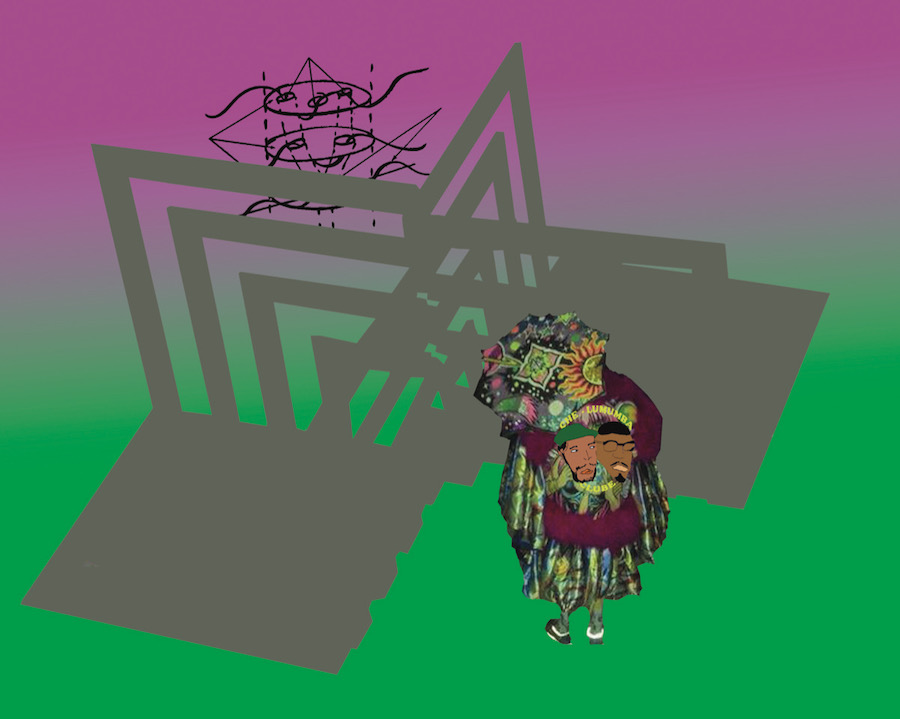
ATP: Which is the role of the audience in your narration?
LN: No given role for the audience, really.
ATP: Again with Xing, in occasion of the Live Arts Week on April, you will present a new episode of “Orphic Exuberance versus Solar Capitalism” called “Transambient Cryptolombra”. Could you explain to us the project and how this last chapter is connected and it differs?
LN: This is a joint work that involves me (Leandro Nerefuh), Caetano, Cecilia Lisa Eliceche and Ribidjunga Cardoso. It is a performance based on a specific plot, a cosmic dialogue, in which the destiny of planet earth is at stake, or it is simply being reviewed. A cosmic dialogue takes shape in the form of text, sound, light and movement research. All happens through the presence of four visiting entities – marinherin, mi mama me mima, encarnado rubronegro, and surrupirinha.
Again in this case, the main concern is with projections of futures and projections of worlds. What´s going on today at a global level is quite simply that our dreams are being hijacked and our abilities to envision and create future, and to imagine other possible and potentially better worlds are being blocked. How miserable it is to think that Elon Musk and self-driven electric cars from silicon valley are the future of humanity! How miserable to think that space travel will become a touristic niche for the millionaires. How miserable to conceive the blockchain technology as a virgin territory for financial speculation. How miserable to see endless hollywood films militarising and destroying planet earth (and the universe!) over and over. Even the gravity of global warming is being hijacked and turned on its head.
ATP: You introduce yourself to the public as Leandro Nerefuh/Ribidjunga Cardoso, as both artist and researcher. Which are the consequences of this double personality, this double main voice, on your narrations and actions?
LN: Thank you for asking about the double voice. This is actually something that we are trying to articulate at the moment. How to work with two or more voices in one body, or one voice in two or more bodies, how to go in and out of sync in a precise way in our performance work.
Leandro Nerefuh and Ribidjunga Cardoso are actually two different beings. We are both artists and researchers and both work with historical narratives mostly related to Latin America. Caetano is an early practioner of webdesign and websurfing, who lived through the promises of the digital horizon in the 1990´s, and is now an embodied critic of operating systems and the design of spaces. Cecilia Lisa Eliceche is a Wallmapu born dancer, choreographer and dance advocate, traversed by more then 500 years of colonialism. So in the work that we are doing together for Xing, we don´t really know yet the consequences of this collaboration. At Live Arts Week, we will test one particular arrangement of given materials. Different installments or chapters of the work we will give us the possibility to test other arrangements of the same materials.
